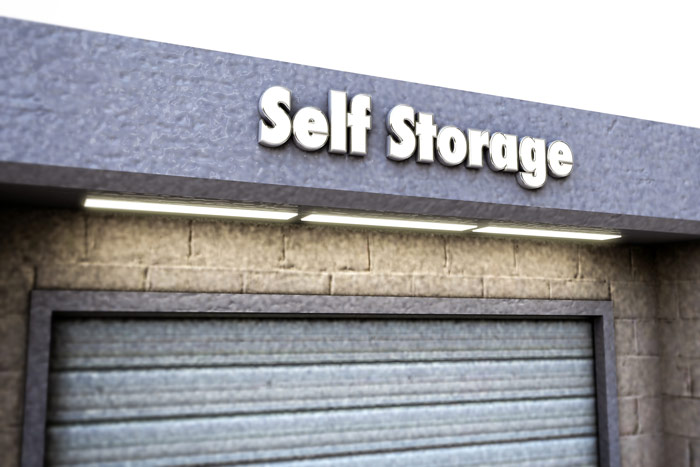Putting Wood Furniture Into Self-Storage? Know What Can Damage It
Do you have some wood furniture at your home that you don’t have room for, but do not want to get rid of? If so, putting into a storage unit can be the best way to hold onto it until you are ready to use it again. However, wood furniture is not something that you storage away and simply forget about since some things can damage the wood while it is in storage. These are some helpful tips for preventing damage.
Moisture Damage
The main problem with moisture is how it will cause the wood to eventually rot, which will defeat the whole purpose of safely storing the furniture in the first place. Moisture can also cause mold to grow on the surface, which can ruin the finish of the material. Wood can eventually warp and crack if you are not mindful of how much moisture is in your storage unit. Some insects and rodents are drawn to places that have some moisture, including a storage unit
The best way to fight moisture is to use a climate-controlled storage unit. A controlled climate will remove the moisture in the air when it cycles through the unit, which will keep all of those moisture-related problems away.
You can also cover wood furniture with fabric rather than plastic. Plastic is known to trap moisture under it, which will accelerate those issues with mold growth and rot. The fabric is breathable, which will help air circulate over the wood. Avoid putting wood furniture directly on the ground as well since that can trap moisture underneath any part that touches the floor.
Insect Damage
Some rodents and insects like to burrow through wood, such as termites, beetles, rats, and carpenter ants. If you do not take steps to protect the wood from these pests, you will find damaged wood furniture when you finally take it out of storage.
For outdoor storage units, consider lining the floor using a plastic tarp so that pests will not get into the unit through the floor. This will give you an added layer of protection, just as long as you remember to keep the wood furniture elevated to prevent moisture damage.
You can cover the wood with a layer of cardboard, which is a breathable material that will make it harder for pests to get through. You can combine this with the fabric as well for additional protection.
Another technique is to treat the wood with a pest repellent before it goes into storage. You can do this with a wood furniture polish, which should have oils in it that the insects will not like. The polish also will give the wood a protective layer that will help keep it looking nice while in storage.
Temperature Changes
Wood is a pliable material, and it will not do well in temperatures that are extremely cold. Wood will shrink when exposed to cold temperatures, which is not great for assembled furniture with interlocking pieces. You may find that drawers do not open and close like they once did after being in storage for a long time. Hot temperatures will cause expansion, which causes a different type of damage with wood expanding and pulling out of joints.
The best way to fend off this type of damage is with climate-controlled storage. The consistent temperature will ensure that the furniture will be just like you left it when it went into storage. Anderson Properties can assist with renting you a climate-controlled storage unit that meets all the needs to store wood furniture.

